Disney vs. Universal: Which Theme Park Is Right for Your Next Trip?
For thrilling theme park staples, go with Universal. Disney offers a tamer, more family-friendly experience.

Many or all of the products on this page are from partners who compensate us when you click to or take an action on their website, but this does not influence our evaluations or ratings. Our opinions are our own.
The Disney and Universal resorts are complete with theme parks, restaurants and other attractions. On the surface, the two can seem pretty similar: Both offer rides themed around movies, both have options for adults and children, and both have locations in Florida and California.
However, the experience you’ll receive at each resort will differ greatly. Let’s look at Disney versus Universal, including the types of attractions at their theme parks and the prices you can expect to pay for each.
The main differences between Disney vs. Universal theme parks
Disney and Universal may have a lot in common according to the average theme park attendee, but there are two big differences that you’ll notice right away.
The first is that Universal tends to focus more on thrilling rides. It has massive roller coasters that far exceed anything Disney has to offer, especially because Disney focuses on more family-friendly attractions.
The second is that Disney doesn’t feature non-Disney intellectual property for its theming. Instead, it relies on its vast catalog of content to create rides and lands for guests to enjoy. This is not the case for Universal; its parks rely on elements from several studios for attractions.
» Learn more: How to budget for a family trip to Disney
Disney
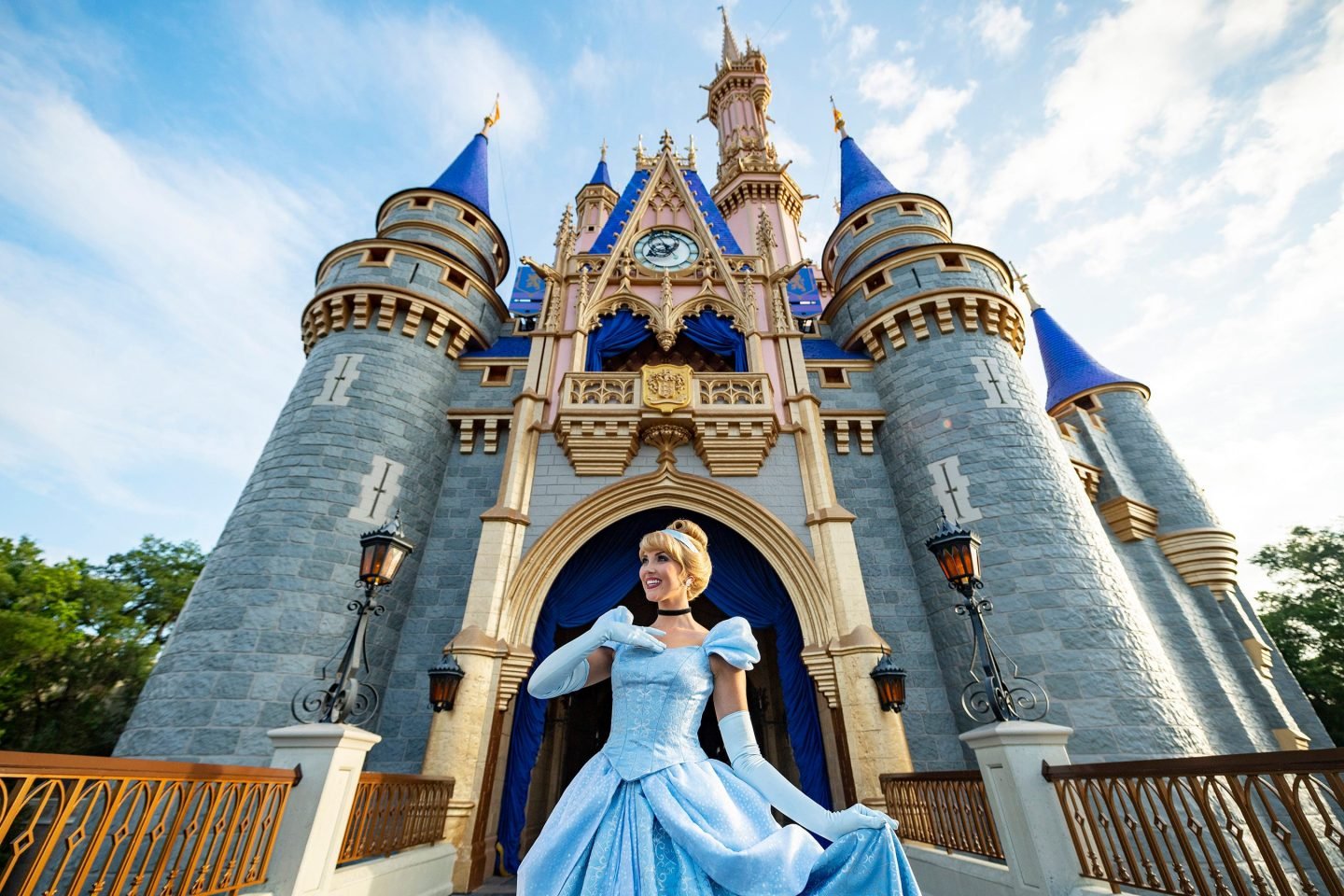
Locations
Disney has 12 parks in six locations spread across the globe:
- Anaheim, California:
- Disneyland Park.
- Disney California Adventure.
- Orlando, Florida:
- Magic Kingdom.
- Epcot.
- Disney’s Hollywood Studios.
- Disney’s Animal Kingdom.
- Paris:
- Disneyland Park.
- Walt Disney Studios.
- Tokyo:
- Tokyo Disneyland.
- Tokyo Disney Sea.
- Hong Kong:
- Hong Kong Disneyland Park.
- Shanghai:
- Shanghai Disneyland.
In May 2025, Disney revealed plans for a new Abu Dhabi Disney theme park. It marks the Walt Disney Company's first-ever destination in the Middle East. Though, details are slim — and an opening date is likely years away.
» Learn more: The best ways to buy Disney tickets
Attractions
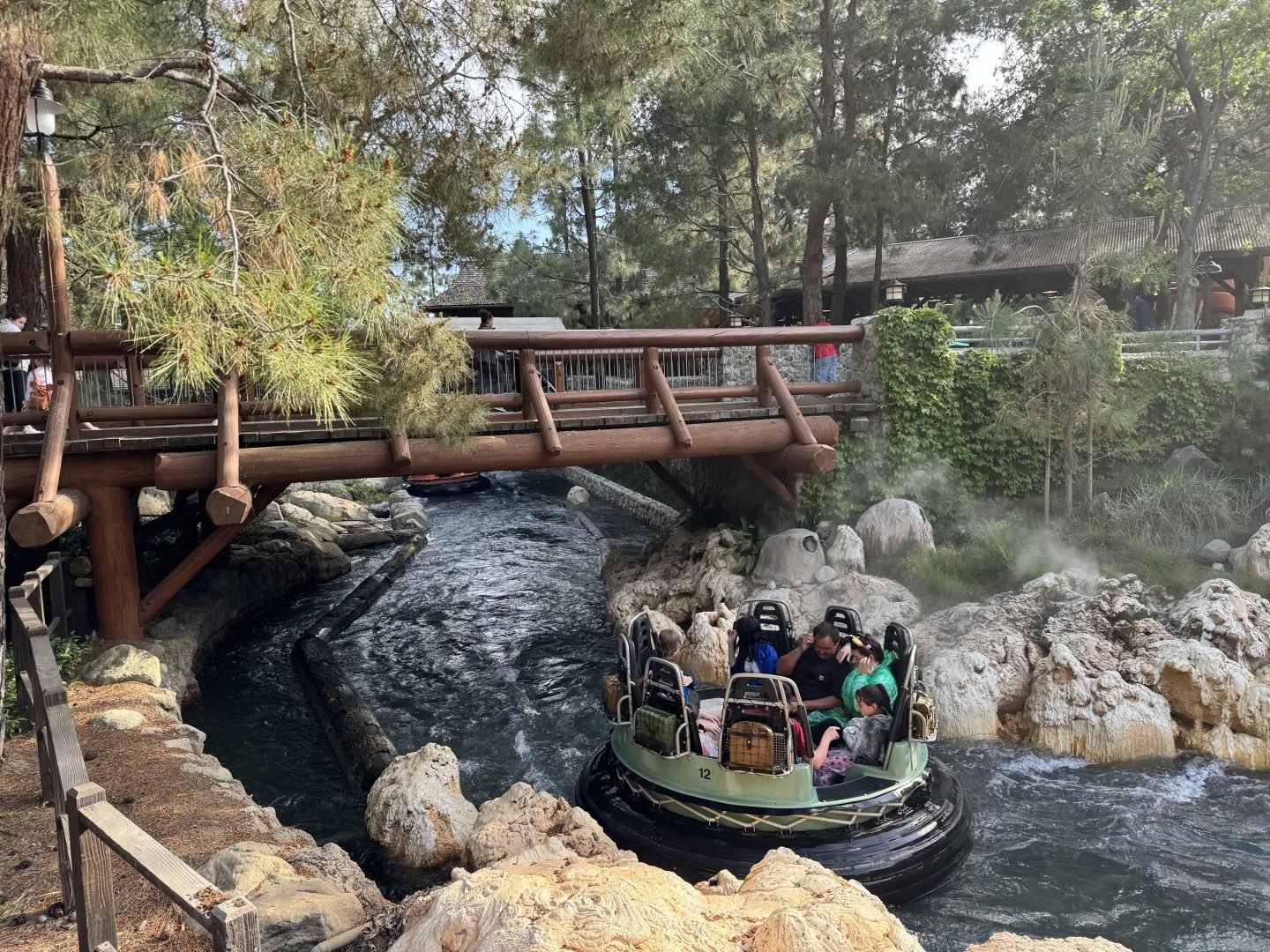
Disney tends to focus on attractions the whole family can enjoy. While there are plenty of rides for those of all ages, there are also a whole host of other things to do. These include live-action shows, sing-along events, drawing lessons, Broadway-style theater, character meet-and-greets and more.
If you’re more of a fan of larger rides, there are still some options. Though huge thrill rides aren’t Disney’s forte, you’ll still see large roller coasters, drop towers and simulated flying experiences. These are fewer in number than other attractions but well worth the wait.
» Learn more: How to save on your Disney vacation
Food and beverage

Gone are the days when theme park food was relegated to the greasy, overpriced hot dog and crusty french fries. Although still expensive, Disney has spent the past few decades revamping the meals it serves to guests.
This means you can take some time out of your day to enjoy a meal at a fine steakhouse, watch teppanyaki being cooked at a Japanese restaurant, taste the gray stuff at the Beast’s castle or drink California wines on a Tuscan terrace.
Of course, it’s still possible to enjoy the standard turkey leg and churro, but this is an option rather than a necessity.
Get the 'Cheat Codes' to Cheaper Travel
Unlocking the secret to saving a ton on travel is easier than you think. 📤 Our free newsletter shows you how in 5 min. or less.
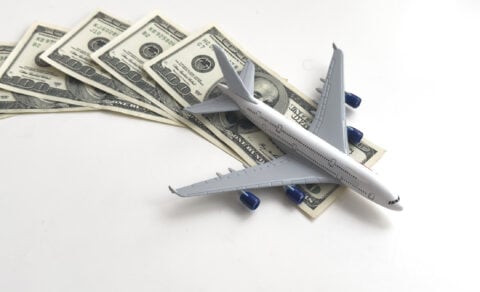
Price
The cost to visit a Disney theme park is going to vary greatly depending on which one you visit. In the U.S., expect to pay upward of $104 for a single-day ticket to Walt Disney World or Disneyland.
» Learn more: Is Disneyland cheaper than Disney World?
Universal
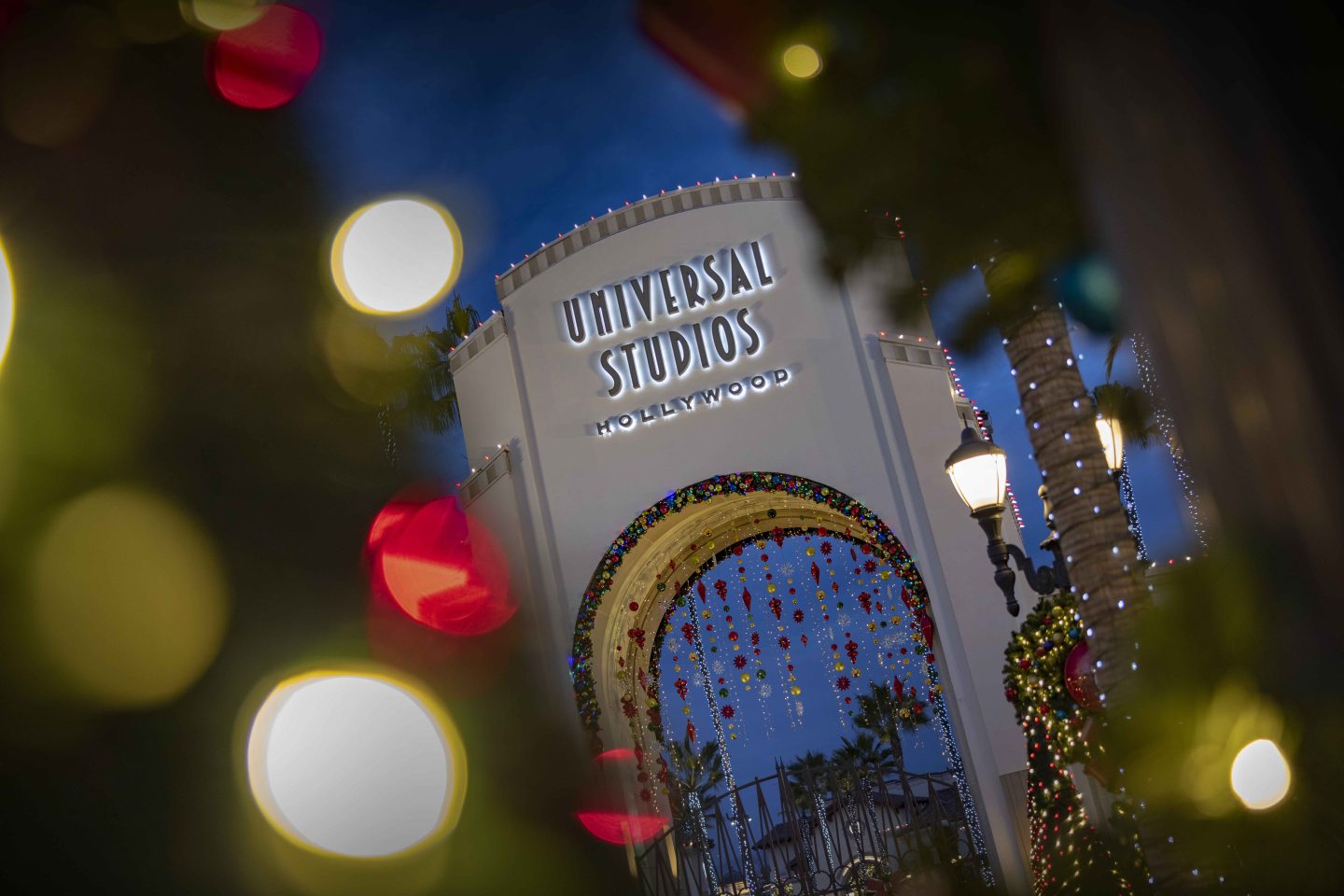
Locations
Universal has a smaller footprint than Disney, with six parks spread over five locations:
- Burbank, California:
- Universal Studios Hollywood.
- Orlando, Florida:
- Universal Studios Florida.
- Universal’s Islands of Adventure.
- Universal Epic Universe (opening May 22, 2025).
- Singapore:
- Universal Studios Singapore.
- Osaka, Japan:
- Universal Studios Japan.
- Beijing:
- Universal Beijing Resort.
Attractions
Although Universal has its own share of family-friendly rides, it does differentiate itself from Disney with much more thrilling attractions. This can be seen with roller coasters such as the Jurassic World VelociCoaster, which has won several awards.
Universal is also home to the "Harry Potter" franchise and has done an admirable job designing Diagon Alley and Hogsmeade, complete with the ability to ride the Hogwarts Express.
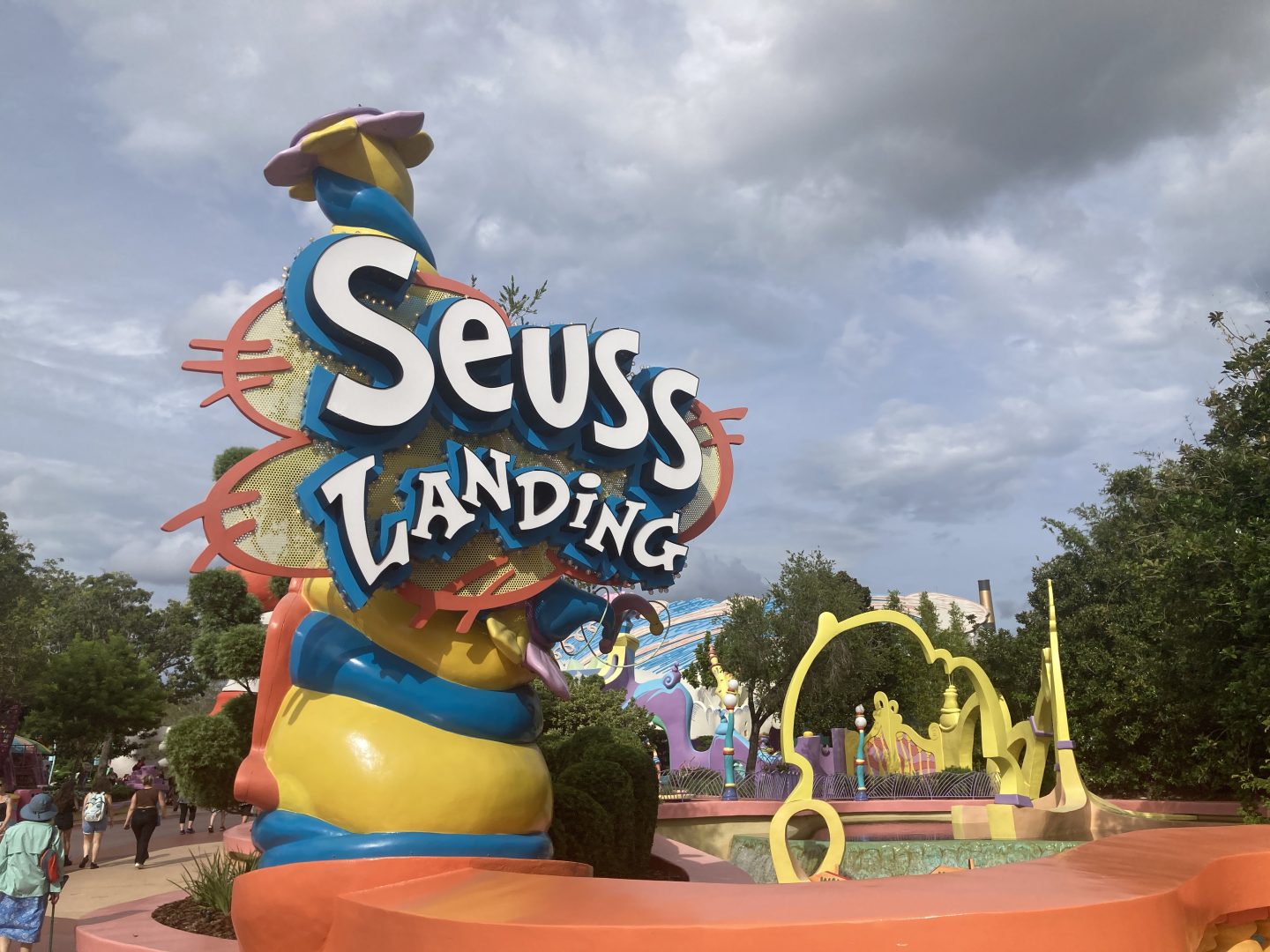
Though Universal does have some shows and character meetings — such as taking a photo with a velociraptor — as a whole, its parks focus more on attractions rather than other types of entertainment.
» Learn more: How to travel to Orlando on points and miles
Food and beverage
While Universal is doing its best to catch up with Disney on the food and beverage front, it’s still not quite up to par. Universal has a few good restaurants — especially those in the "Harry Potter"-themed areas — but for the most part, the food will be what you expect in a theme park.

One notable exception is Mythos, which is in Universal’s Islands of Adventure. This restaurant continues to win awards for best theme park restaurant, beating other park restaurants worldwide.
» Learn more: The best travel credit cards right now
Price
The cost for Universal tickets varies based on which park you’re visiting and when. However, in the U.S., tickets for the Universal Orlando Resort and Universal Studios Hollywood start at $109 for one day.
» Learn more: How much does it cost to go to Universal Studios?
Disney vs. Universal, recapped
Disney and Universal may have a lot in common in that they offer theme parks in multiple locations around the world. However, the experience you’ll get with either brand is going to differ.
If you’re more interested in large rides like roller coasters, Universal is going to be your best bet. The same is true if you’re a big fan of Harry Potter.
If you don’t mind some of the more family-friendly rides or you have little ones to bring along, Disney may be a better option. Along with better food options, Disney provides a range of nonride attractions, including the ability to meet some of its most famous characters.
(Top photo courtesy of Universal Studios)
How to maximize your rewards
You want a travel credit card that prioritizes what’s important to you. Here are some of the best travel credit cards of 2025:
- Flexibility, point transfers and a large bonus: Chase Sapphire Preferred® Card
- No annual fee: Wells Fargo Autograph® Card
- Flat-rate travel rewards: Capital One Venture Rewards Credit Card
- Bonus travel rewards and high-end perks: Chase Sapphire Reserve®
- Luxury perks: American Express Platinum Card®
- Business travelers: Ink Business Preferred® Credit Card
Article sources
NerdWallet writers are subject matter authorities who use primary,
trustworthy sources to inform their work, including peer-reviewed
studies, government websites, academic research and interviews with
industry experts. All content is fact-checked for accuracy, timeliness
and relevance. You can learn more about NerdWallet's high
standards for journalism by reading our
editorial guidelines.
More like this
Related articles






